This visit was last October but I only just got round to sorting pictures. I was inspired to do so after visiting Trevor Ablett in Sheffield last week. An article on Trevor and his folders will be in the Guardian tomorrow.
Anyway this is Antonio Diaz Bermudez of Taramundi a traditional knifemaking town in Asturias. He is heating a bar of high carbon stainless steel in the forge ready to forge a blade.
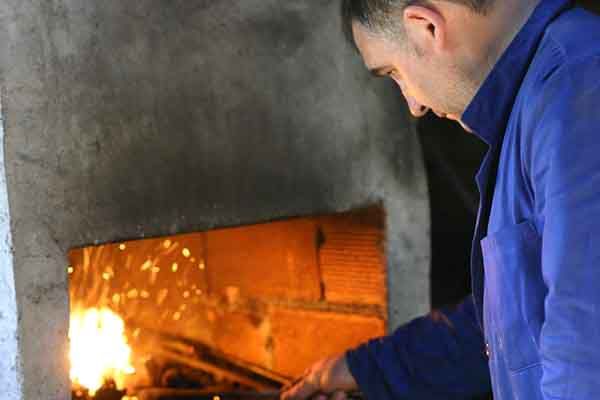
The blade is formed in a single heat, maybe 15 seconds work at most, the blade is nicely tapered to reduce the amount of grinding required and the pointy bit at the end is formed, this will be sharpened and makes the grafting cut.
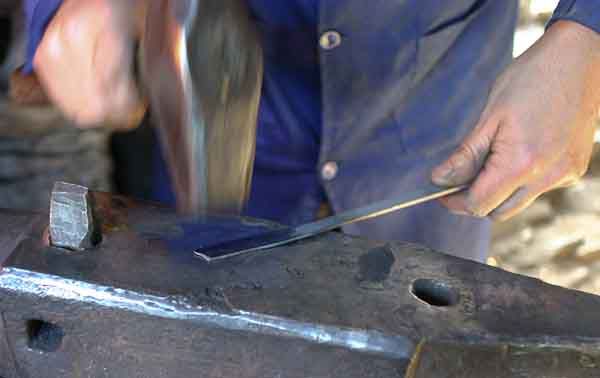
The blade is heated, dropped into this little holder and quenched in oil to harden the steel.
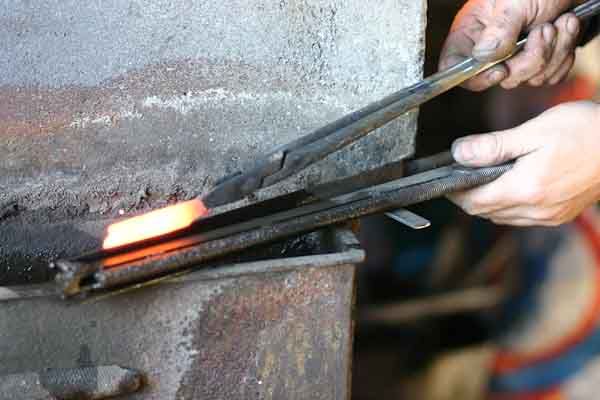
The handle is then turned on a lathe.
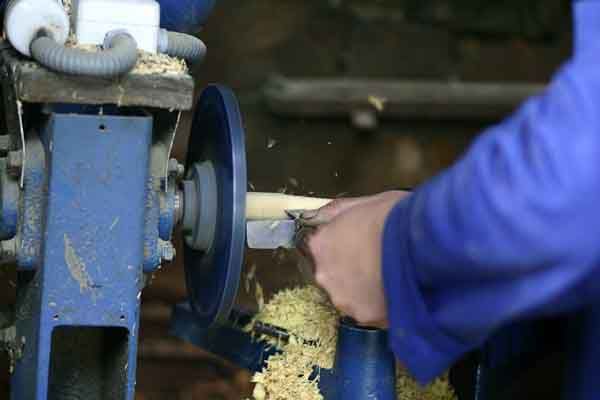
Next a metal collar is formed for the handle, this is a tight push fit over the handle which was turned to a conical shape.
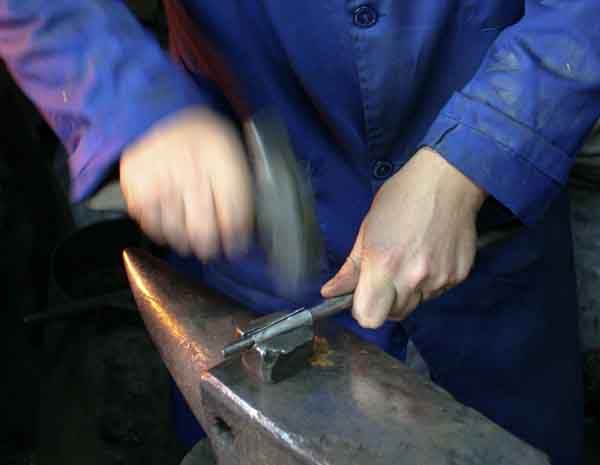
Now handle and blade are fitted together, just like the Sheffield knives the pivot point is a metal pin though unlike Sheffield knives they do not have a spring, to keep them in open or closed position, they are what are called friction folders.
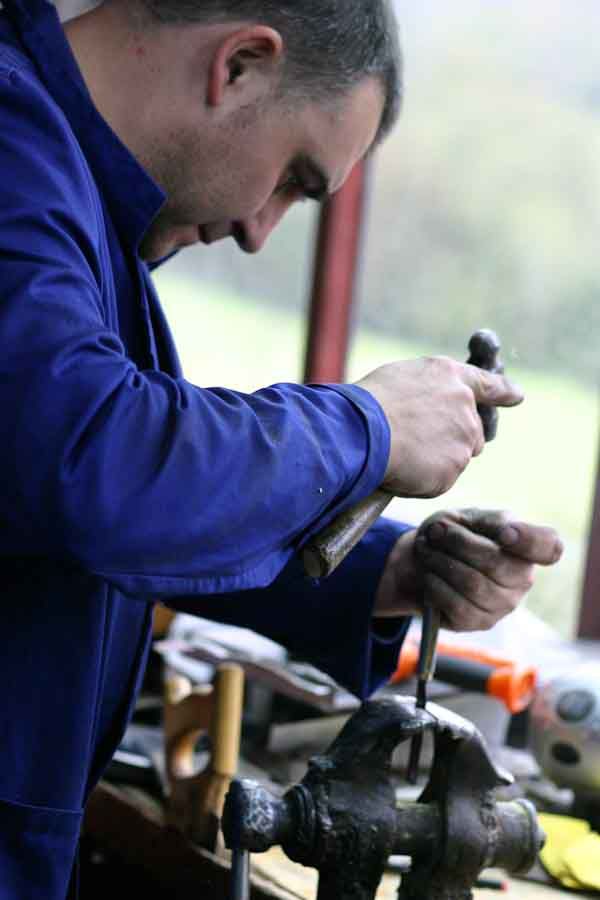
At this stage there is quite a bit of handwork to get it so that it opens and closes sweetly.
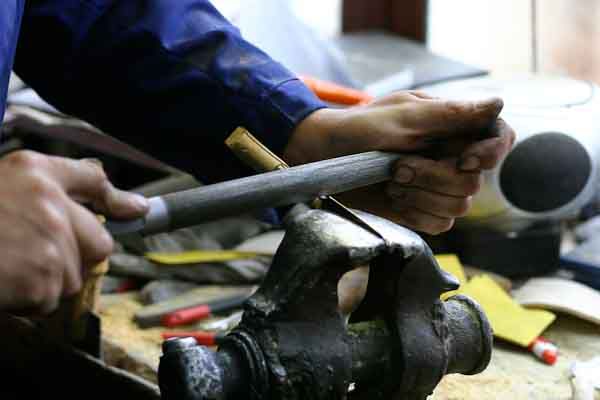
Antonio senior then grinds the bevels, first on a big water lubricated wheel, note how it is all done by feel, he does not look at the work.
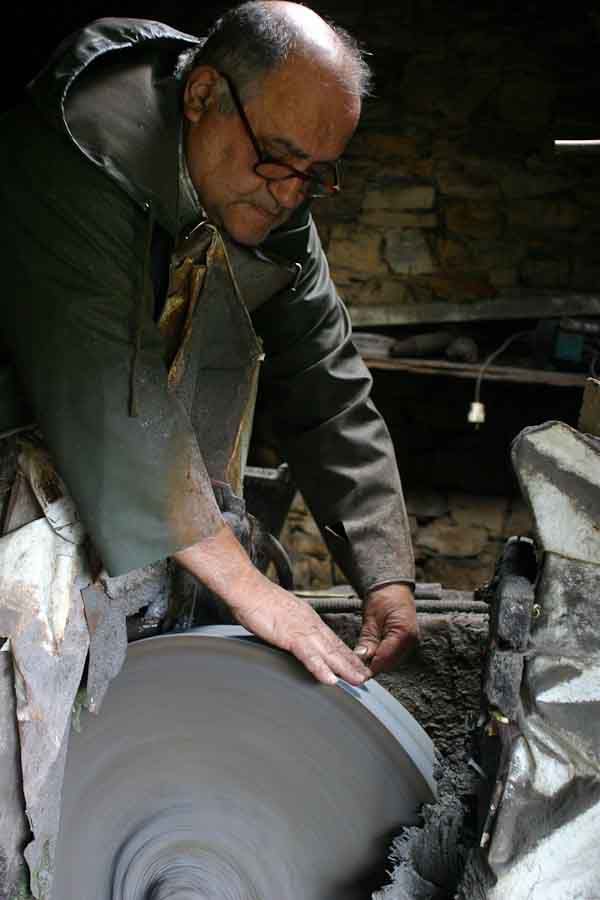
A quick coat of varnish finishes the wood nicely.
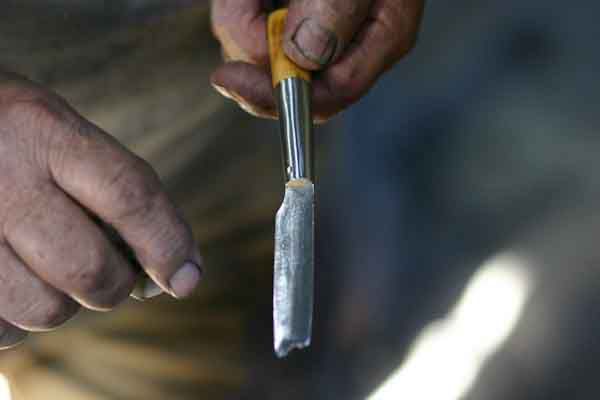
Nice and sharp.
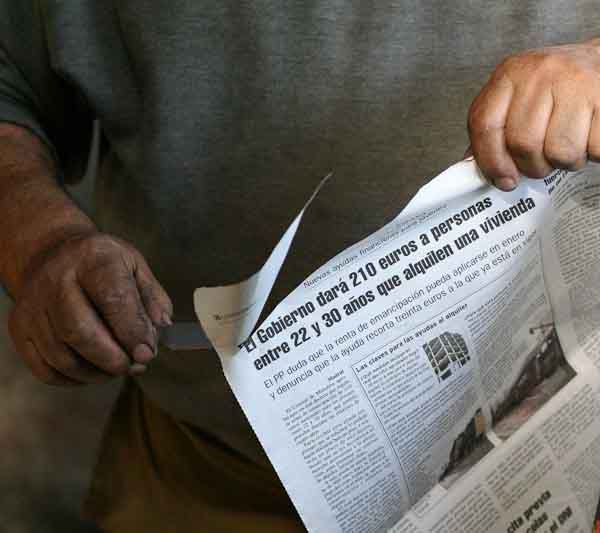
The finished knives.
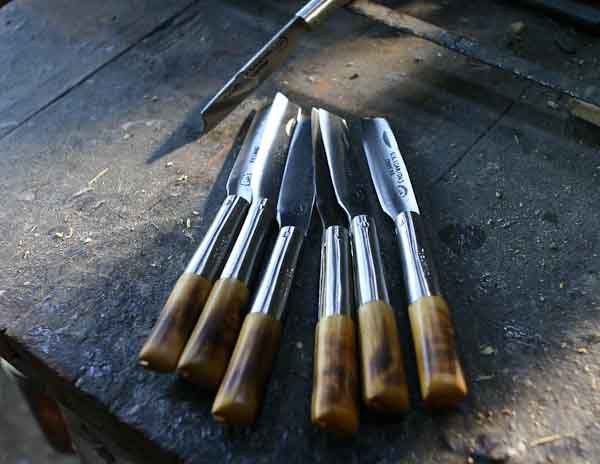
This is about half the pics, the rest are on my blog here http://greenwood-carving.blogspot.com/2010/01/folding-knives-in-spain-and-sheffield.html
Along with a discussion about the difference in support for this traditional craft in Spain and Sheffield.
Anyway this is Antonio Diaz Bermudez of Taramundi a traditional knifemaking town in Asturias. He is heating a bar of high carbon stainless steel in the forge ready to forge a blade.

The blade is formed in a single heat, maybe 15 seconds work at most, the blade is nicely tapered to reduce the amount of grinding required and the pointy bit at the end is formed, this will be sharpened and makes the grafting cut.

The blade is heated, dropped into this little holder and quenched in oil to harden the steel.

The handle is then turned on a lathe.

Next a metal collar is formed for the handle, this is a tight push fit over the handle which was turned to a conical shape.

Now handle and blade are fitted together, just like the Sheffield knives the pivot point is a metal pin though unlike Sheffield knives they do not have a spring, to keep them in open or closed position, they are what are called friction folders.

At this stage there is quite a bit of handwork to get it so that it opens and closes sweetly.

Antonio senior then grinds the bevels, first on a big water lubricated wheel, note how it is all done by feel, he does not look at the work.

A quick coat of varnish finishes the wood nicely.

Nice and sharp.

The finished knives.

This is about half the pics, the rest are on my blog here http://greenwood-carving.blogspot.com/2010/01/folding-knives-in-spain-and-sheffield.html
Along with a discussion about the difference in support for this traditional craft in Spain and Sheffield.
